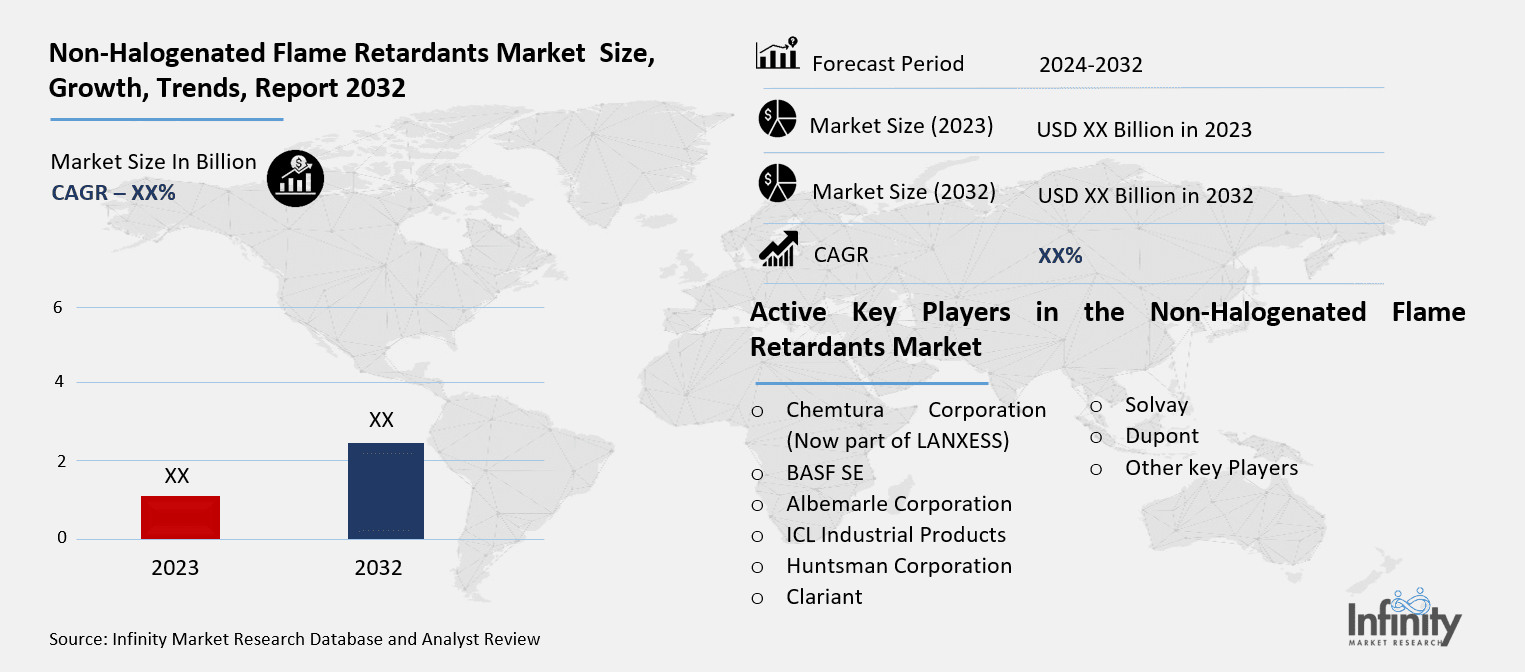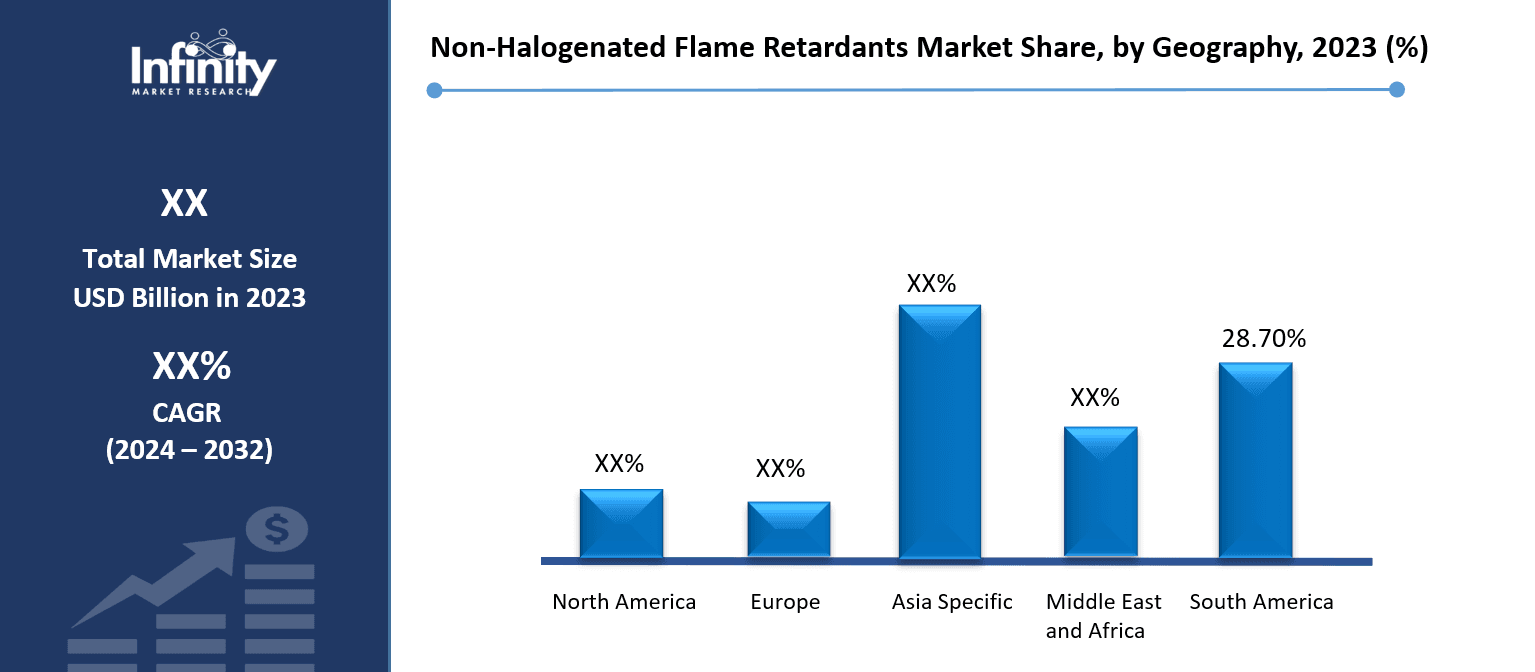
🔐 Secure Payment Guaranteed
Safe checkout with trusted global payment methods.
🌟 Why Choose Infinity Market Research?
At Infinity Market Research, we dont just deliver data — we deliver clarity, confidence, and competitive edge.
In a world driven by insights, we help businesses unlock the infinite potential of informed decisions.
Here why global brands, startups, and decision-makers choose us:
Industry-Centric Expertise
With deep domain knowledge across sectors — from healthcare and technology to manufacturing and consumer goods — our team delivers insights that matter.
Custom Research, Not Cookie-Cutter Reports
Every business is unique, and so are its challenges. Thats why we tailor our research to your specific goals, offering solutions that are actionable, relevant, and reliable.
Data You Can Trust
Our research methodology is rigorous, transparent, and validated at every step. We believe in delivering not just numbers, but numbers that drive real impact.
Client-Centric Approach
Your success is our priority. From first contact to final delivery, our team is responsive, collaborative, and committed to your goals — because you re more than a client; you re a partner.
Recent Reports
Global Myopia Control Lenses Market Report 2025-33
Hyaluronic Acid-based Dermal Fillers Market Report
Non-Halogenated Flame Retardants Market
Non-Halogenated Flame Retardants Market Global Industry Analysis and Forecast (2024-2032) By Type (Phosphorus-based Flame Retardants, Nitrogen-based Flame Retardants, Inorganic Flame Retardants, Boron-based Flame Retardants) By Application (Electronics & Electrical, Building & Construction, Automotive, Textiles, Others) By End-Use Industry, (Automotive, Construction, Electronics, Consumer Goods) and Region
Mar 2025
Chemicals and Materials
Pages: 138
ID: IMR1859
Non-Halogenated Flame Retardants Market Synopsis
Non-Halogenated Flame Retardants Market research report acquired the significant revenue of XX Billion in 2023 and expected to be worth around USD XX Billion by 2032 with the CAGR of XX% during the forecast period of 2024 to 2032.
The market for non-halogenated flame retardants is the sector aimed on flame retardants with chemical structure devoid of halogen components (such as chlorine, bromine, or iodine). These flame retardants help materials to be less flammable, thereby improving fire safety in many different uses including electronics, textiles, building materials, automotive components, and packaging. Usually having less toxicity and less likelihood of causing harmful emissions when exposed to intense heat or fire, non-halogenated flame retardants are thought to be more environmentally friendly and safer than their halogenated counterparts. Growing worries about environmental impact and health hazards have driven businesses looking for sustainable substitutes for conventional flame retardants to acquire great momentum in the market.
Driven by increased regulatory pressure and growing concerns about environmental and health effects of halogenated flame retardants, the non-halogenated flame retardants (NHFR) industry has acquired great traction recently. To improve fire resistance without the negative environmental consequences connected with their halogenated equivalents, NHFRs are mostly employed in a broad spectrum of industries including electronics, construction materials, automotive components, textiles, and more. Demand for safer and more environmentally friendly flame retardant products has soared as businesses work to follow strict environmental rules.

Growing sustainability's importance is driving significant expansion in the market. Halogenated flame retardants have been phased-off in favor of NHFRs thanks to government rules in Europe, North America, and some areas of Asia, hence increasing the acceptance of these substitutes. Their non-toxic character, reduced environmental persistence, and better fire resistance qualities are main forces behind this change. Further driving demand for NHFRs is growing consumer and manufacturer knowledge of the health hazards associated with halogenated compounds.
In terms of application, the electronics segment is likely to lead the market since consumer electronics including televisions, laptops, and cellphones demand fire safety. Driven by rising use of NHFRs in car interior materials and components to satisfy safety criteria, the automotive industry is also a major contributor to the expansion of the market. Other key industries include textiles, where flame retardants are used in upholstery fabrics and clothes for fire safety; architecture and construction, where they are utilized in insulating materials.
Geographically, because of strict regulations and a built industrial basis, North America and Europe are the biggest markets for non-halogenated flame retardants. Driven by fast industrialization and growing acceptance of environmentally friendly products in nations like China and India, the Asia-Pacific area is predicted to see the fastest expansion though. Market participants are concentrating on creating advanced NHFRs with better performance as innovation develops, which fit even more varied applications and so increase market prospects.
Non-Halogenated Flame Retardants Market Trend Analysis
Trend
Rising Awareness of Halogenated Flame-Retardant Toxicity
Industries are moving toward non-halogenated substitutes as knowledge of the negative impacts of halogenated flame retardants rises. These flame retardants provide a safer alternative that reduces the production of harmful gasses when subjected to fire, therefore addressing a major issue with halogenated molecules. The shift is especially clear in industries including electronics, automotive, and construction where safety criteria are tightening. Because their environmental impact is less than that of halogenated flame retardants, non-halogenated alternatives are seen as more sustainable and enable producers to follow changing rules meant to minimize chemical dangers.
Increased customer demand for environmentally friendly, health-conscious products drives also the shift toward non-halogenated flame retardants. Flame retardants are employed in electronics, for instance, in the manufacturing of cables and circuit boards where non-halogenated solutions provide better fire resistance without the hazards connected with halogenated compounds. Non-halogenated flame retardants are being included into materials including upholstery, cables, and building insulation in the automobile and building industries. This change in product design reflects a larger trend toward sustainability and safety in line with worldwide attempts to reduce the usage of dangerous compounds in daily goods.
Opportunity
Rising Demand for Fire-Resistant Solutions in Electric Vehicles
As manufacturers endeavor to satisfy strict fire safety rules and reduce environmental effect, the automotive sector offers a major potential for non-halogenated flame retardants. Concerns about the toxicity of conventional halogenated flame retardants have led to a rising movement toward safer, non-toxic substitutes that guarantee fire protection free of damaging emissions. In the market for electric vehicles (EV), where demand for ecologically friendly and reasonably effective flame retardants is growing, this tendency is especially strong. Manufacturers are progressively including non-halogenated flame retardants into components including wire, battery casings, and other plastic parts as electric vehicles grow more popular in order to satisfy safety criteria and lower the possible environmental damage.
Non-halogenated flame retardants are being included into a variety of building components in the construction industry including cables, insulation, and coatings to improve fire safety. Particularly in green building projects that give sustainability and safety first priority, these materials are absolutely essential for achieving current fire safety codes. Complementing the increasing need for sustainable building materials, non-halogenated flame retardants present an environmentally beneficial substitute for conventional fire retardants. Adoption of non-halogenated flame retardants is likely to grow as the building and infrastructure industries move toward greener building methods, so giving manufacturers chances to offer safer, environmentally friendly solutions.
Non-Halogenated Flame Retardants Market Segment Analysis
Non-Halogenated Flame Retardants Market Segmented on the basis of By Type, By Application, By End-Use Industry.
By Type
o Phosphorus-based Flame Retardants
o Nitrogen-based Flame Retardants
o Inorganic Flame Retardants
o Boron-based Flame Retardants
By Application
o Electronics & Electrical
o Building & Construction
o Automotive
o Textiles
o Others
By End User
o Automotive
o Construction
o Electronics
o Consumer Goods
By Region
o North America (U.S., Canada, Mexico)
o Eastern Europe (Bulgaria, The Czech Republic, Hungary, Poland, Romania, Rest of Eastern Europe)
o Western Europe (Germany, UK, France, Netherlands, Italy, Russia, Spain, Rest of Western Europe)
o Asia Pacific (China, India, Japan, South Korea, Malaysia, Thailand, Vietnam, The Philippines, Australia, New-Zealand, Rest of APAC)
o Middle East & Africa (Turkey, Bahrain, Kuwait, Saudi Arabia, Qatar, UAE, Israel, South Africa)
o South America (Brazil, Argentina, Rest of SA)
By Type, Phosphorus-based Flame Retardants segment is expected to dominate the market during the forecast period
Phosphorus-based flame retardants are highly valued for their efficiency in reducing fire hazards while maintaining a lower environmental impact compared to halogenated counterparts. These retardants function by forming a protective char layer on the material’s surface when exposed to heat, effectively reducing flammability and minimizing smoke emissions. Their ability to enhance fire resistance makes them an essential component in various applications, including plastics, coatings, and textiles. Additionally, their non-toxic nature aligns with global regulations and environmental concerns, prompting industries to shift towards phosphorus-based alternatives over traditional halogenated flame retardants.
The demand for phosphorus-based flame retardants is rising across multiple sectors, driven by stringent fire safety regulations and increasing awareness of sustainable materials. They are widely used in electrical components, automotive interiors, and furniture upholstery, where high-performance fire resistance is crucial. The automotive industry, in particular, benefits from their application in lightweight materials that enhance safety without compromising durability. Similarly, the furniture and construction industries rely on these retardants to meet stringent safety standards while maintaining material integrity. As industries continue to prioritize fire safety and environmental sustainability, phosphorus-based flame retardants are expected to witness significant growth in adoption.
By End-Use Industry, Automotive segment expected to held the largest share
The automotive industry relies heavily on flame retardants to enhance vehicle safety by preventing fire propagation in critical components. Fire-resistant plastics, foams, and textiles are integrated into car interiors, electrical systems, and battery enclosures to reduce the risk of ignition and slow down fire spread. With growing concerns over passenger safety and stringent regulatory requirements, manufacturers are increasingly incorporating advanced flame-retardant materials into dashboards, seats, and wiring systems. The demand for these materials is particularly high in high-temperature environments, where prolonged exposure to heat can lead to potential hazards.
The shift toward electric and hybrid vehicles has further intensified the need for highly effective flame-retardant solutions, especially in lithium-ion battery compartments. As EV adoption accelerates, ensuring battery safety has become a top priority for automakers, leading to increased use of phosphorus-based and inorganic flame retardants. Additionally, regulatory bodies in Europe, North America, and Asia-Pacific have implemented stringent fire safety standards, compelling manufacturers to integrate more advanced fire-resistant materials into their designs. With technological advancements and the growing focus on vehicle safety, the market for flame retardants in the automotive industry is expected to expand significantly in the coming years.
Non-Halogenated Flame Retardants Market Regional Insights
North America is Expected to Dominate the Market Over the Forecast period
Driven mostly by strict environmental rules and growing demand for sustainable materials, the non-halogenated flame retardant market is seeing notable increase in North America. Strict safety and environmental rules enforced by regulatory agencies such as Health Canada and the Environmental Protection Agency (EPA) in the United States encourage the use of less dangerous flame retardants by means of which human health and the environment are protected. These rules are forcing businesses toward substitutes that less depend on conventional halogenated substances, which are well-known for their harmful impact on the environment.
Particularly the U.S. market has seen a clear change toward non-halogenated flame retardants under the impact of these laws. This change is clear in many different areas, including electronics, building, and automotive sectors, where flame retardants are very essential for fulfilling fire safety criteria. Businesses are looking to non-halogenated solutions more and more to comply with changing rules and meet customer demand for environmentally friendly products as sustainability remains a major motivator of invention. As both Canada and the United States keep giving public health and environmental protection first priority on their regulatory agendas, this tendency should quicken.
Non-Halogenated Flame Retardants Market Share, by Geography, 2023 (%)

Active Key Players in the Non-Halogenated Flame Retardants Market
o Chemtura Corporation (Now part of LANXESS)
o BASF SE
o Albemarle Corporation
o ICL Industrial Products
o Huntsman Corporation
o Clariant
o Solvay
o Dupont
o Other key Players
Global Non-Halogenated Flame Retardants Market Scope
|
Global Non-Halogenated Flame Retardants Market | |||
|
Base Year: |
2023 |
Forecast Period: |
2024-2032 |
|
Historical Data: |
2017 to 2023 |
Market Size in 2023: |
USD XX Billion |
|
Forecast Period 2024-32 CAGR: |
XX% |
Market Size in 2032: |
USD XX Billion |
|
|
By Type |
· Phosphorus-based Flame Retardants · Nitrogen-based Flame Retardants · Inorganic Flame Retardants · Boron-based Flame Retardants | |
|
By Application |
· Electronics & Electrical · Building & Construction · Automotive · Textiles · Others | ||
|
By End-Use Industry |
· Automotive · Construction · Electronics · Consumer Goods | ||
|
By Region |
· North America (U.S., Canada, Mexico) · Eastern Europe (Bulgaria, The Czech Republic, Hungary, Poland, Romania, Rest of Eastern Europe) · Western Europe (Germany, UK, France, Netherlands, Italy, Russia, Spain, Rest of Western Europe) · Asia Pacific (China, India, Japan, South Korea, Malaysia, Thailand, Vietnam, The Philippines, Australia, New-Zealand, Rest of APAC) · Middle East & Africa (Turkey, Bahrain, Kuwait, Saudi Arabia, Qatar, UAE, Israel, South Africa) · South America (Brazil, Argentina, Rest of SA) | ||
|
Key Market Drivers: |
· Health and Environmental Concerns with Halogenated Flame Retardants | ||
|
Key Market Restraints: |
· High Cost of Non-Halogenated Flame Retardants | ||
|
Key Opportunities: |
· Rising Demand for Fire-Resistant Solutions in Electric Vehicles | ||
|
Companies Covered in the report: |
· Chemtura Corporation (Now part of LANXESS) , BASF SE, Albemarle Corporation, ICL Industrial Products, Huntsman Corporation, Clariant, Solvay, Dupont and Other Major Players. | ||
📘 Frequently Asked Questions
1. What would be the forecast period in the Non-Halogenated Flame Retardants Market research report?
Answer: The forecast period in the Market research report is 2024-2032.
2. Who are the key players in the Non-Halogenated Flame Retardants Market?
Answer: Chemtura Corporation (Now part of LANXESS) , BASF SE, Albemarle Corporation, ICL Industrial Products, Huntsman Corporation, Clariant, Solvay, Dupont and Other Major Players.
3. What are the segments of the Non-Halogenated Flame Retardants Market?
Answer: The Non-Halogenated Flame Retardants Market is segmented into By Type, By Application, By End-Use Industry and region. By Type, the market is categorized into Phosphorus-based Flame Retardants, Nitrogen-based Flame Retardants, Inorganic Flame Retardants, Boron-based Flame Retardants. By Application, the market is categorized into Electronics & Electrical, Building & Construction, Automotive, Textiles, Others. By End-Use Industry, the market is categorized into Automotive, Construction, Electronics, Consumer Goods. By region, it is analyzed across North America (U.S.; Canada; Mexico), Eastern Europe (Bulgaria; The Czech Republic; Hungary; Poland; Romania; Rest of Eastern Europe), Western Europe (Germany; UK; France; Netherlands; Italy; Russia; Spain; Rest of Western Europe), Asia-Pacific (China; India; Japan; Southeast Asia, etc.), South America (Brazil; Argentina, etc.), Middle East & Africa (Saudi Arabia; South Africa, etc.).
4. What is the Non-Halogenated Flame Retardants Market?
Answer: The market for non-halogenated flame retardants is the sector aimed on flame retardants with chemical structure devoid of halogen components (such as chlorine, bromine, or iodine). These flame retardants help materials to be less flammable, thereby improving fire safety in many different uses including electronics, textiles, building materials, automotive components, and packaging. Usually having less toxicity and less likelihood of causing harmful emissions when exposed to intense heat or fire, non-halogenated flame retardants are thought to be more environmentally friendly and safer than their halogenated counterparts. Growing worries about environmental impact and health hazards have driven businesses looking for sustainable substitutes for conventional flame retardants to acquire great momentum in the market.


🔐 Secure Payment Guaranteed
Safe checkout with trusted global payment methods.
🌟 Why Choose Infinity Market Research?
- Accurate & Verified Data:Our insights are trusted by global brands and Fortune 500 companies.
- Complete Transparency:No hidden fees, locked content, or misleading claims — ever.
- 24/7 Analyst Support:Our expert team is always available to help you make smarter decisions.
- Instant Savings:Enjoy a flat $1000 OFF on every report.
- Fast & Reliable Delivery:Get your report delivered within 5 working days, guaranteed.
- Tailored Insights:Customized research that fits your industry and specific goals.




